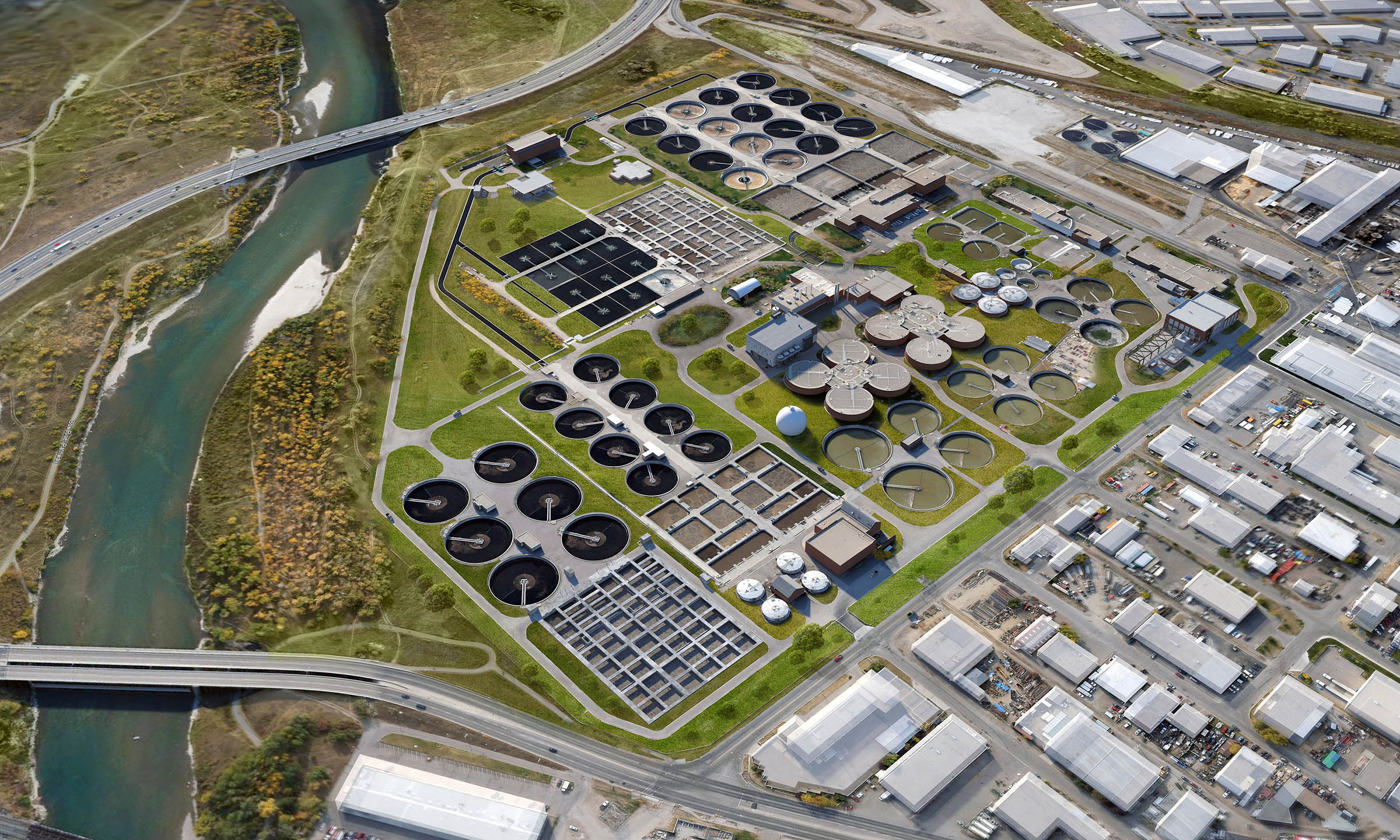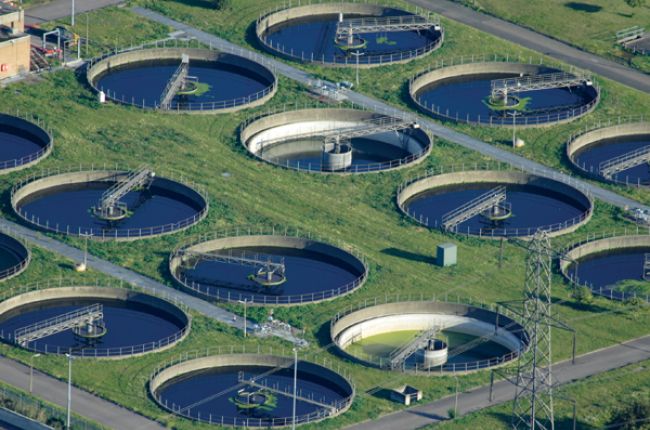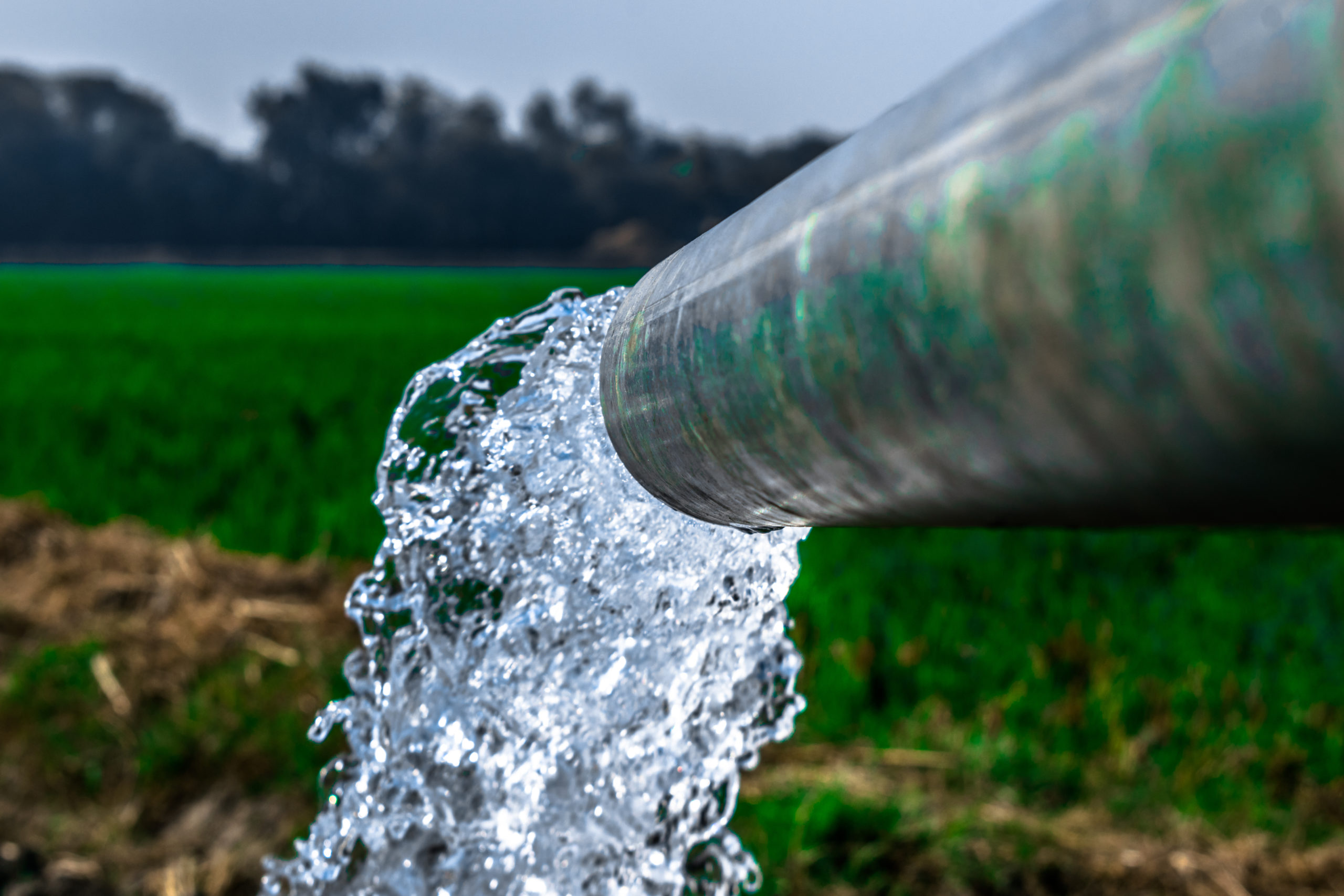Reliable Waste Water Treatment Systems: Key Methods and Benefits
Reliable Waste Water Treatment Systems: Key Methods and Benefits
Blog Article
Strategic Approaches to Boost Waste Water Therapy Performance and Reduce Ecological Impact
In the world of waste water therapy, the pursuit for improved efficiency and reduced ecological effect is a perpetual obstacle that demands tactical solutions. The combination of sophisticated therapy modern technologies, energy-efficient processes, source recuperation methods, enhanced nutrient elimination methods, and smart surveillance and control systems stands for a multifaceted structure for dealing with these pushing issues.
Advanced Therapy Technologies
Innovative membrane purification systems have transformed sophisticated wastewater therapy procedures, dramatically boosting the removal of pollutants. This innovation has verified to be extremely reliable in removing a large variety of pollutants, including pharmaceuticals, hefty steels, and natural substances, which are usually testing to remove through conventional treatment methods.
Moreover, membrane layer purification systems supply many advantages over conventional treatment methods. They need less space, produce higher-quality effluent, and are extra resistant to variations in influent water top quality. In addition, these systems are extremely flexible and can be easily incorporated right into existing treatment plants or used as standalone devices for decentralized applications. As the need for clean water remains to increase, the adoption of advanced membrane layer filtration technologies is important to ensure effective and lasting wastewater therapy methods.
Energy-Efficient Procedures
The assimilation of energy-efficient procedures in wastewater therapy systems is critical for enhancing resource application and reducing operational prices. One essential method to improving power performance in wastewater therapy is the utilization of sophisticated aeration systems, such as fine bubble diffusers or surface aerators, which can enhance oxygen transfer effectiveness and minimize power usage.
In addition, maximizing process control and automation with using advanced sensors and monitoring systems can boost overall power efficiency by readjusting operations in real-time based on real need and conditions. Implementing energy audits and on a regular basis monitoring power performance signs are vital practices to recognize areas for enhancement and track energy-saving campaigns effectively. In general, the adoption of energy-efficient procedures in wastewater therapy not only profits the setting but additionally adds to long-lasting price financial savings and operational sustainability.
Source Recovery Methods
With a focus on optimizing resource application and sustainability in wastewater therapy systems, the application of source healing methods becomes an essential element in boosting functional performance. Source recovery techniques in wastewater treatment include the identification and extraction of useful sources from the waste stream, thus turning what was as soon as considered waste right into a valuable possession. By applying source recovery techniques such as nutrient removal and healing, energy generation from raw material, and the production of reusable water, wastewater therapy plants can reduce ecological impact while taking full advantage of effectiveness.

Improved Nutrient Removal Techniques
Implementing sophisticated nutrient removal strategies is crucial for enhancing the efficiency of wastewater therapy systems. One of the essential techniques used for boosted nutrient elimination is the procedure of organic nutrient elimination (BNR), which includes the removal of nitrogen and phosphorus with biological procedures.

In enhancement to BNR, advanced treatment techniques such as membrane layer bioreactors (MBRs) and constructed marshes can additionally be employed to improve nutrient removal performance. By incorporating these innovative nutrient removal strategies right into wastewater treatment communities, systems and industries can successfully reduce nutrient pollution and secure the atmosphere.
Smart Tracking and Control Equipment
Making use of advanced innovation, the combination of clever tracking and control systems changes the operational performance of wastewater treatment facilities. These systems integrate innovative sensors and data analytics to constantly check essential parameters such as pH levels, turbidity, liquified oxygen, and flow prices in real-time. By gathering and analyzing this information, drivers can get valuable understandings right into the efficiency of the treatment processes, making it possible for aggressive adjustments to enhance treatment effectiveness.
Smart monitoring and control systems also support remote tracking capabilities, enabling drivers to gain access to real-time information and control functions from off-site places. This remote ease of access improves operational adaptability and responsiveness, allowing speedy interventions in instance of system discover this malfunctions or variations in influent high quality. Furthermore, the predictive upkeep abilities of these systems aid stop equipment failings and lessen downtime, eventually enhancing the overall reliability of wastewater treatment operations (Waste Water Treatment).
Final Thought
In conclusion, critical approaches such as advanced treatment innovations, energy-efficient processes, resource recuperation approaches, boosted nutrient elimination strategies, and wise surveillance and control systems play an essential duty in improving wastewater therapy effectiveness and reducing ecological impact. By carrying out these strategies, wastewater treatment plants can enhance their total efficiency, lower power consumption, recuperate beneficial sources, and ensure conformity with ecological policies. These approaches are essential for efficient and sustainable wastewater administration practices.

In verdict, critical techniques such as innovative treatment technologies, energy-efficient processes, source healing techniques, improved nutrient removal techniques, and clever tracking and control systems play an important role in boosting wastewater treatment performance and minimizing ecological effect.
Report this page